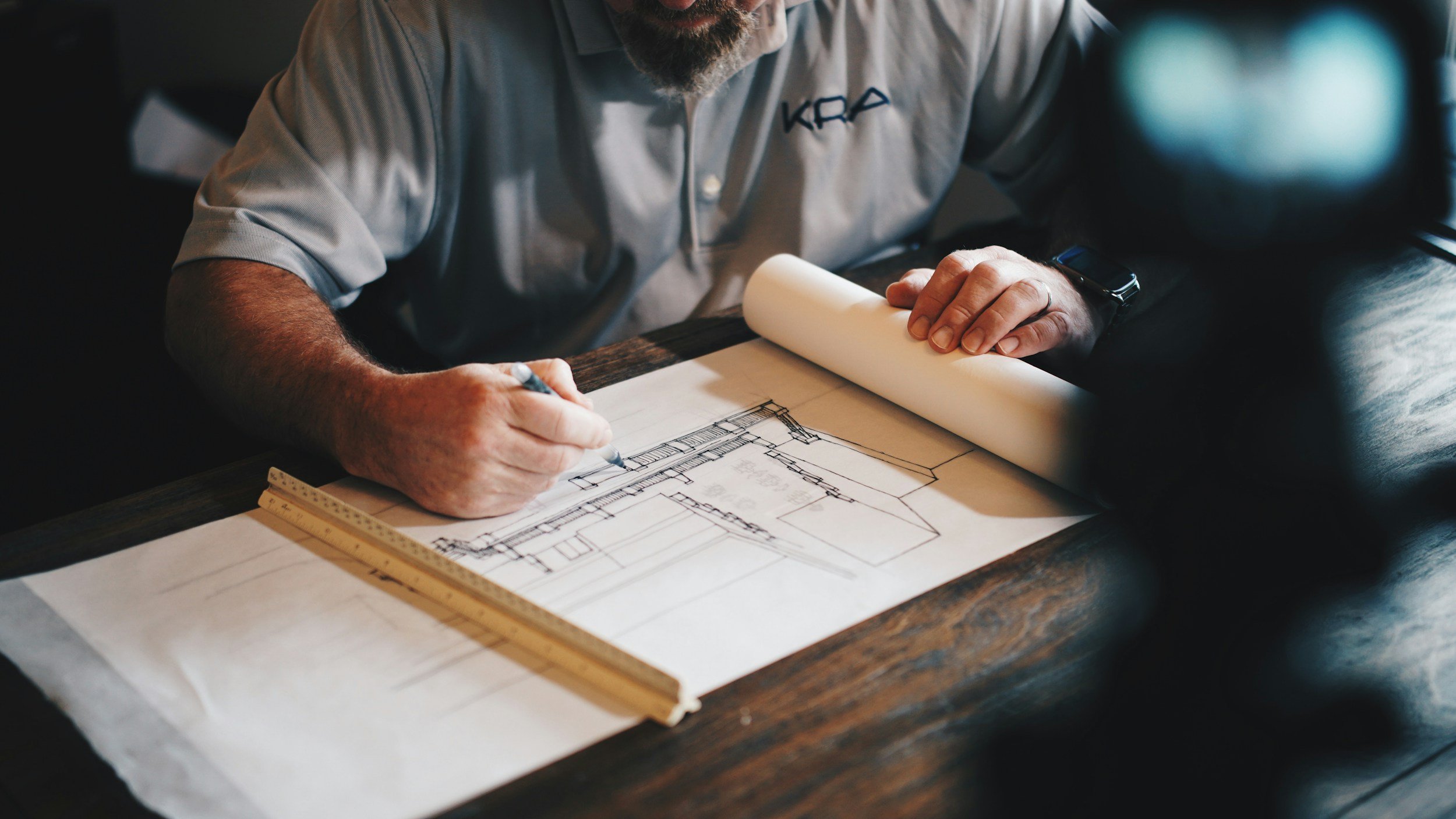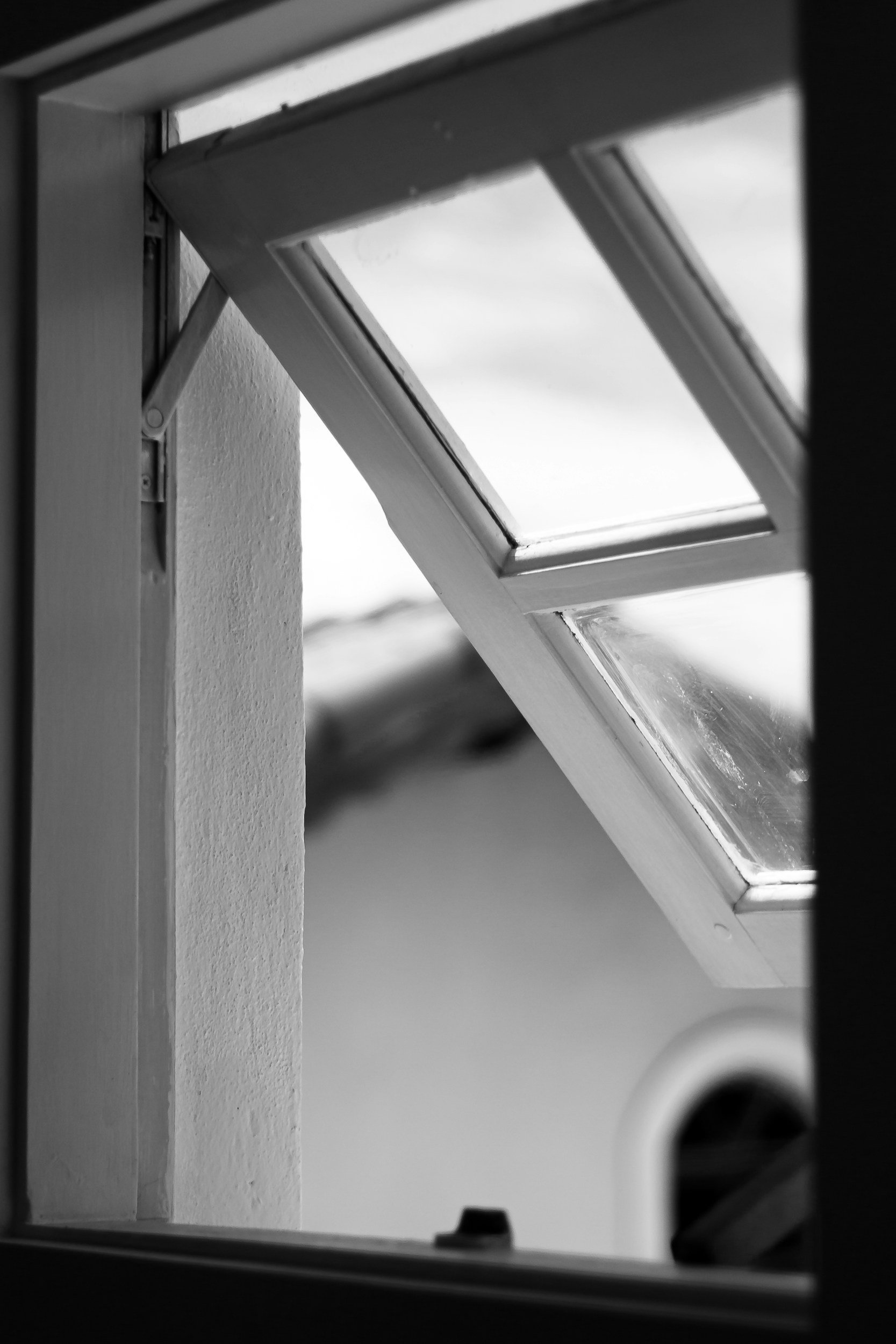Thermal Bridging Analysis – Stop Hidden Heat Loss & Improve Efficiency
Thermal Bridging Analysis – Stop Hidden Heat Loss & Improve Efficiency
Unlock a Warmer, More Energy-Efficient Home with Thermal Bridging Analysis
If your home struggles to stay warm in winter or cool in summer—despite adequate insulation—thermal bridging could be the culprit. These hidden weak spots allow heat to escape, forcing your heating system to work overtime and pushing your energy bills higher. With our Thermal Bridging Analysis, you can identify these problem areas, fix them, and start saving money while improving your home’s comfort.
What is Thermal Bridging and Why Does It Matter?
Most homeowners focus on insulation as the key to energy efficiency. While insulation plays a huge role, thermal bridging can compromise its effectiveness. A thermal bridge is a weak spot in your building envelope where heat flows more easily due to poor insulation or direct contact between materials with high thermal conductivity. These areas create cold spots, reduce indoor comfort, and significantly increase heating and cooling costs.
How Thermal Bridges Drain Heat & Increase Energy Costs
Heat follows the path of least resistance, meaning that if you have poorly designed junctions in your home—such as window edges, wall connections, or structural elements like steel beams—it will escape far more easily. The result? More heat loss, higher energy consumption, and increased heating costs.
The Hidden Weak Spots in Your Home’s Insulation
Window and door installation
Corners and junctions
Steel
Signs Your Home or Building is Suffering from Thermal Bridging
Not sure if thermal bridging is a problem in your home? Here’s what to look for:
Cold Spots & Uneven Temperatures Indoors
If some rooms feel noticeably colder than others, especially near windows, walls, or ceiling junctions, thermal bridging could be to blame.
Condensation & Mould Growth in Certain Areas
Thermal bridges create cold surfaces where warm indoor air meets a lower-temperature material. This leads to condensation, which encourages mould growth—posing risks to your health and your home’s structural integrity.
High Energy Bills Despite Adequate Insulation
Are you paying more for heating than expected, even with good insulation? If your energy costs are unusually high, thermal bridging could be reducing the efficiency of your home’s thermal envelope.
Who We Work With
-
Architects trust us to provide precise data and design recommendations, helping them create high-performing details.
-
Whether you’re renovating or building your dream home, our services help ensure your property is energy-efficient and cost-effective.
-
We partner with builders to implement energy solutions that meet regulatory standards while enhancing build quality.
-
As New Zealand’s Passive House energy modelling experts, we help achieve certification and maximise energy savings.
-
From offices to retail spaces, we offer energy solutions that lower operational costs and improve building performance.

Why Choose BEO Buildingscience?
-
At BEO Buildingscience, we specialise in building physics and energy efficiency solutions tailored to the unique conditions of New Zealand homes. With over 15 years of experience, we understand how to make homes warmer, healthier, and more cost-effective to run.
-
We don’t guess—we test, measure, and diagnose exactly where your home is losing heat so that we can apply the right solutions for long-term results.
-
We don’t just identify thermal bridging issues—we help you fix them with custom recommendations that improve comfort, reduce heating costs, and increase the lifespan of your home.




